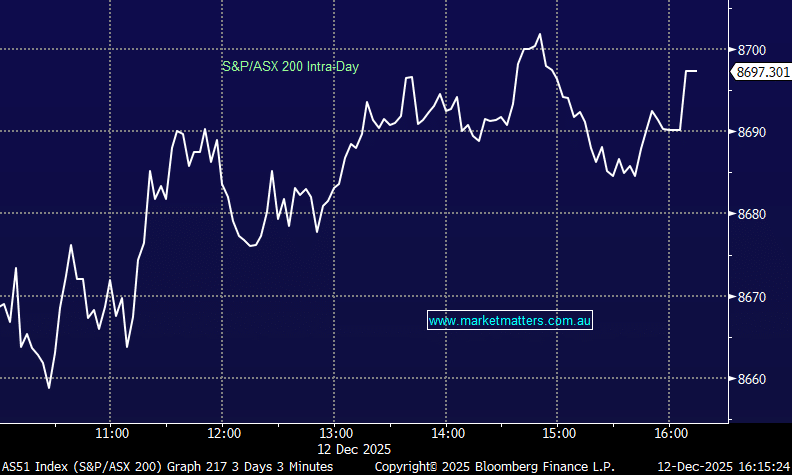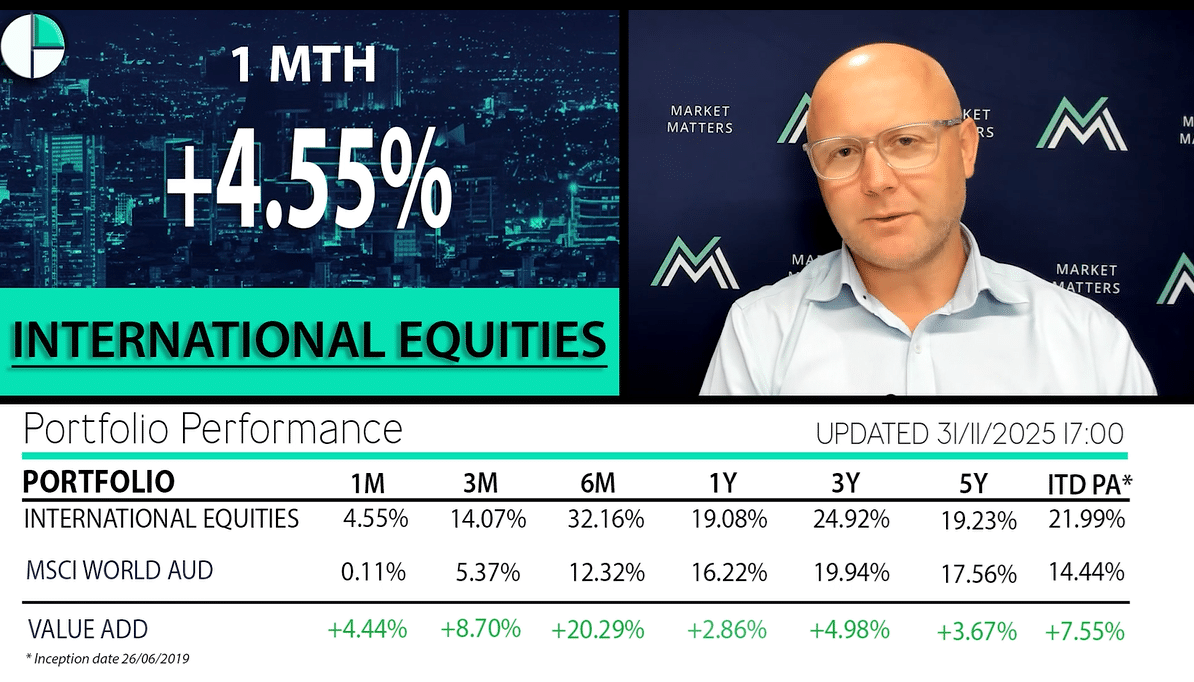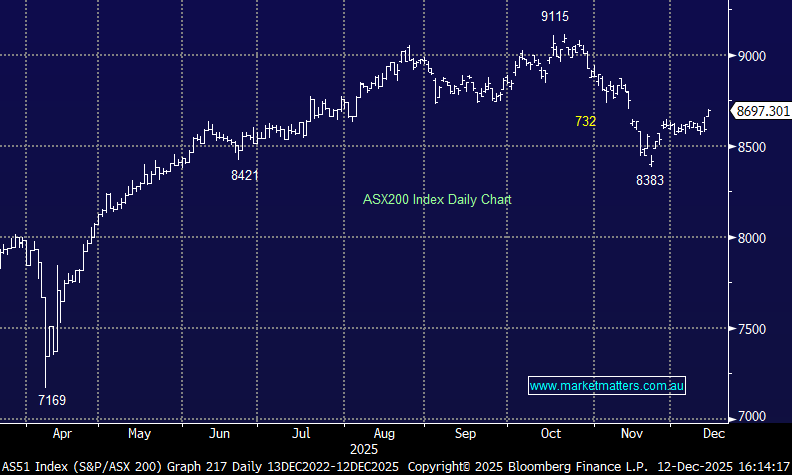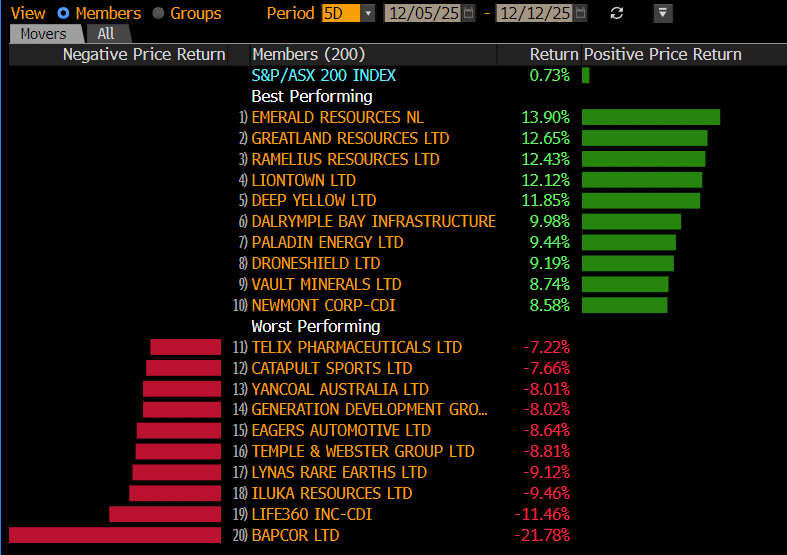Hi Giles,
A great question, getting this one right is arguably more important than what and when to buy. Firstly, there is a distinct difference between trading and investing:
The Trading Idea section uses a stop, usually less than 10%, but it cost us 30-40% on the Pilbara (PLS) position last week, after the stop was triggered just before the stock surged higher. Its never a perfect science especially when news flow pushes markets to extremes. Generally when a trading position goes the right way we push the stop and following the price until it’s stopped out, though last Friday, he took a ~21% profit on Gold ETF (GDX) position into panic buying after Israel’s attack on Iran, i.e. we have to be flexible even with the best laid plans.
The core of the MM offering is our portfolio’s where we bare our soles via performance. Firstly, the last 12-months has been a struggle in the growth portfolio, the weakest relative returns in a decade, but one year is a short time frame. The longer term performance of that portfolio clearly shows an extended period of solid returns, and as investors, we need to be always thinking about longer term metrics when we consider if a strategy is ‘broken’ or just had a tough short term period.
If we look at the closed trades published on the website for the Growth Portfolio which go back to April 2023, there are 18 losing positions with an average loss of 14.8%, and 37 winners with average gain of 33.9%. The largest loss was 35%. Clearly, Paladin (PDN) and Mineral Resources (MIN) are an anomoly where we should have done better, and we will do our absolute best not to make this mistake again. We certainly intend to be more proactive in cutting losers if/when possible in this space moving forward.
- PDN and MIN were hit with big downgrades/negative news hence a 10% stop could have still cost closer to 30% as the respective stocks “gapped” on the news.
- However, we are conscious that “the first lose would have been the best loss” in both cases. Our view that the market has got it wrong around valuation may prove correct over time but clearly, in these two examples, being more ruthless would have been the better approach, even though our analysis (macro, sector, valuation) at the time had both positons screening very favourably.
With investing, there will always be stocks that don’t perform as expected, which is the reason to employ a diversfiued portfolio, and be consious of position sizing. A 50% loss on a 4% position = 2% return drag at the portflio level which is not great but can be handled. The other important aspect is that problem positions get smaller, and become less influential at the portfolio level relative to winners that increase and naturally have a bigger bearing on performance as their size relative to the portfolio increases. While individual stock performance influences the overall portfolio, our primary focus is the portfolio as a whole, and how it performs towards it’s objectives over time.
















